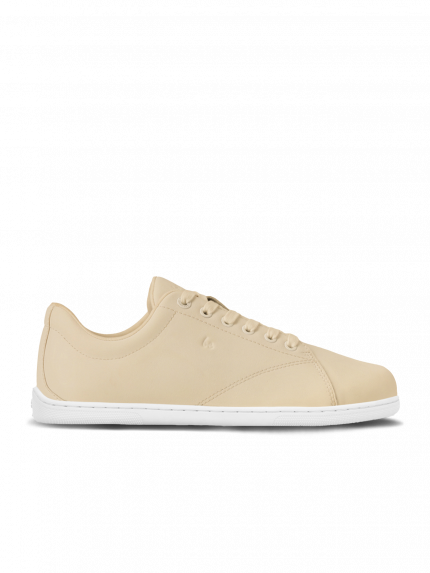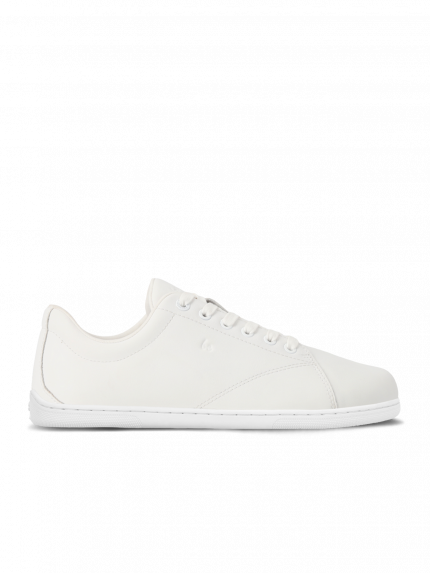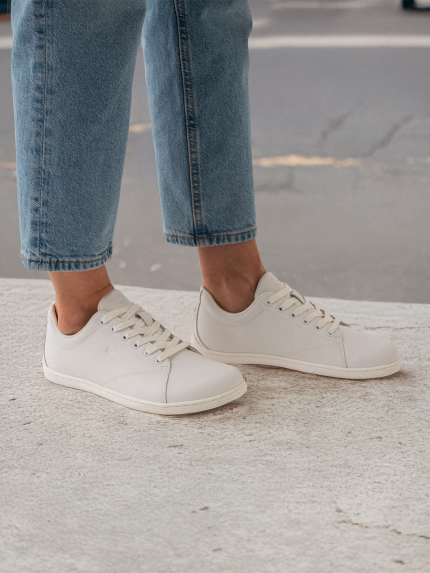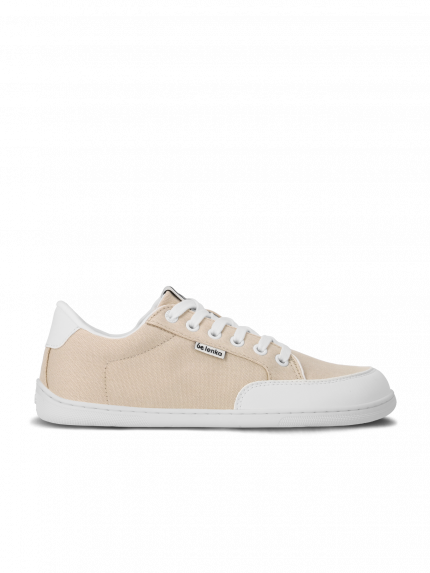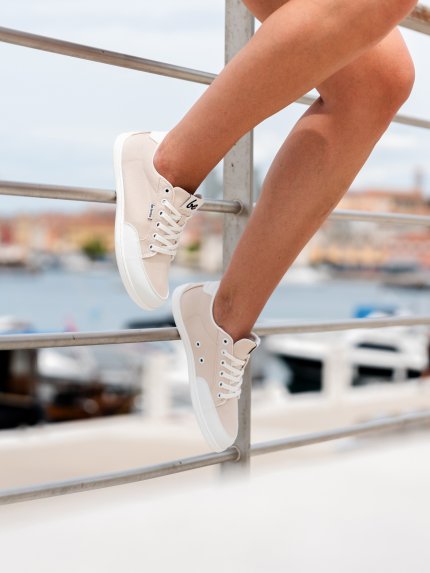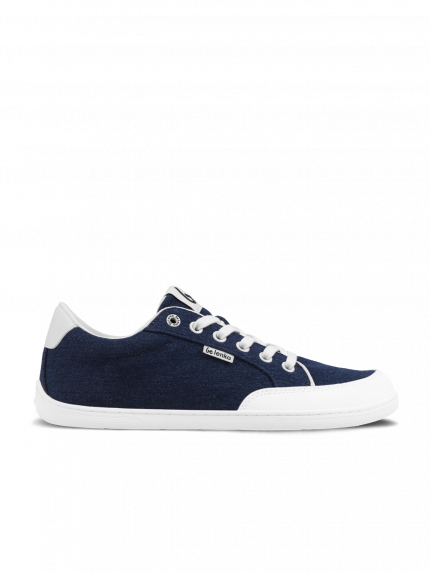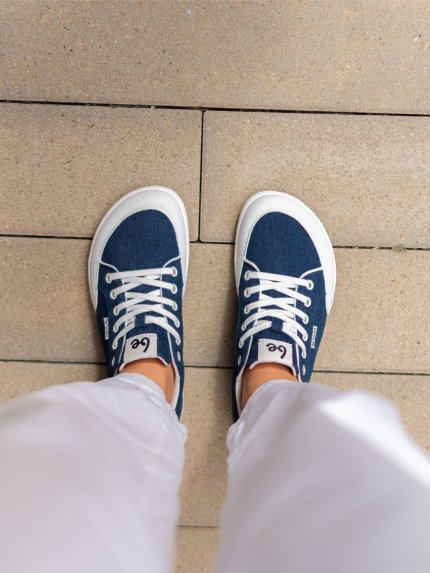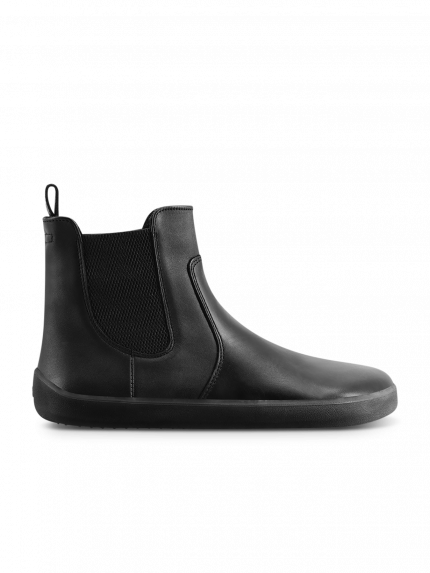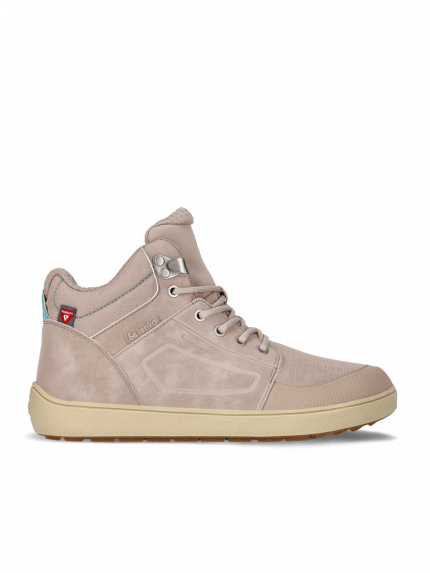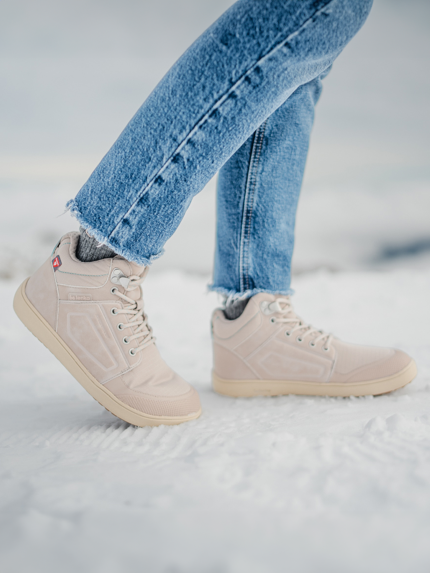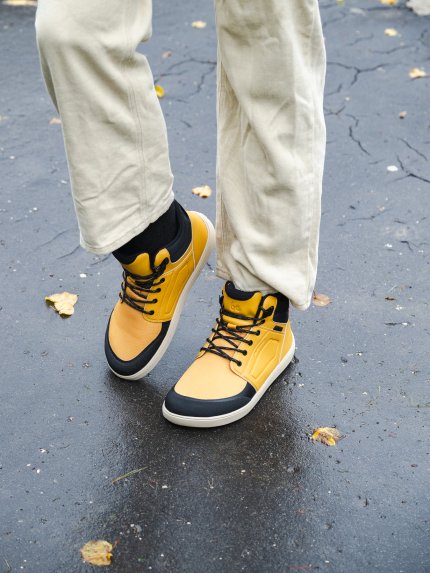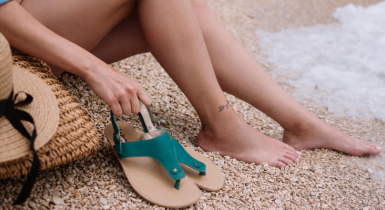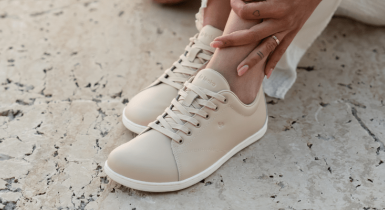Why Walking Barefoot Feels More Stable Than in Regular Shoes
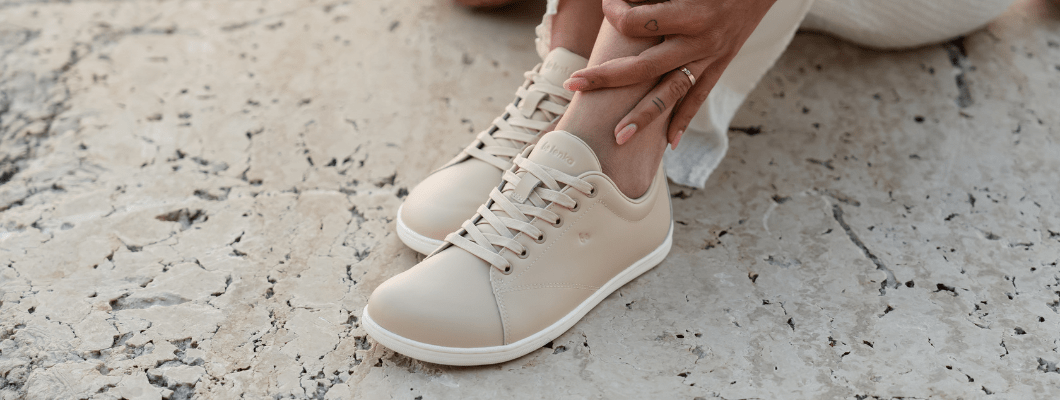
Our feet are the foundation of the body, and their function directly influences balance and stability while walking. Discover why barefoot walking or wearing barefoot shoes feels more natural, how foot anatomy really works, and how minimalist footwear can help you feel more grounded in every step.
Table of contents
- What makes us feel more stable when barefoot?
- How barefoot shoes encourage natural movement
- Where the difference between barefoot walking and regular shoes is most noticeable
- Which barefoot shoes are best for beginners
What makes us feel more stable when barefoot?
Stability while walking largely comes from better sensory feedback from our feet. When barefoot, the nerve endings on the sole instantly respond to the ground beneath us. This sharpens balance, coordination, and confidence in movement. Conventional shoes with thick soles block this input and reduce our ability to react to the terrain.
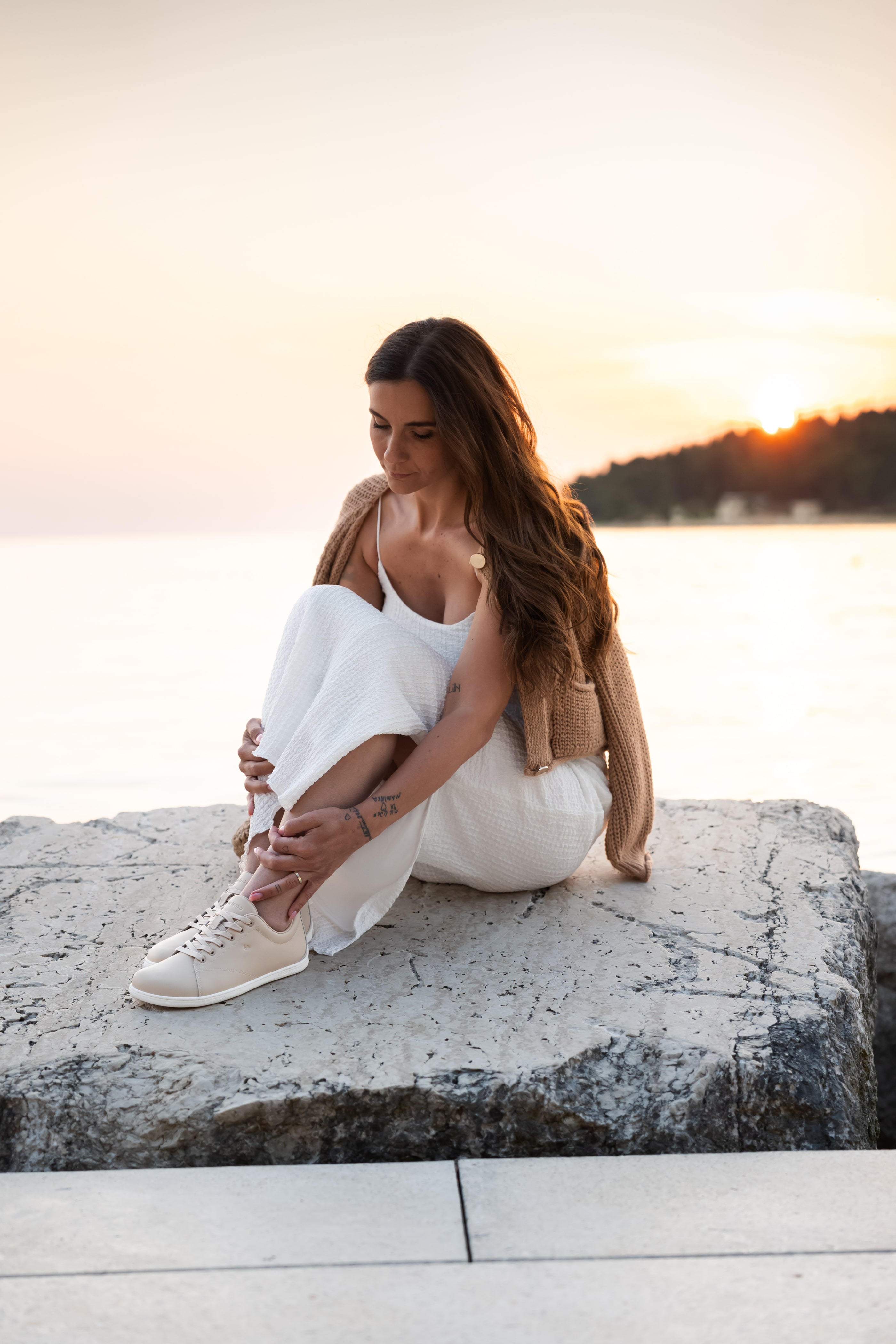
How barefoot shoes encourage natural movement
- A wide toe box lets the toes spread naturally, improving stability
- Thin soles allow closer contact with the ground, boosting proprioception your body’s subconscious sense of position, movement, and spatial awareness
- No artificial arch support – your foot muscles engage naturally, unlike in standard shoes where they remain idle. A stronger foot is a more stable foot.
Where is the difference between barefoot walking and regular shoes most noticeable?
You’ll notice it most on uneven, natural surfaces like grass, forest paths, or stony trails. Barefoot, your body instantly adapts to the terrain. In regular shoes with thick soles, your connection to the ground is dulled, making your reactions slower and your steps less secure.
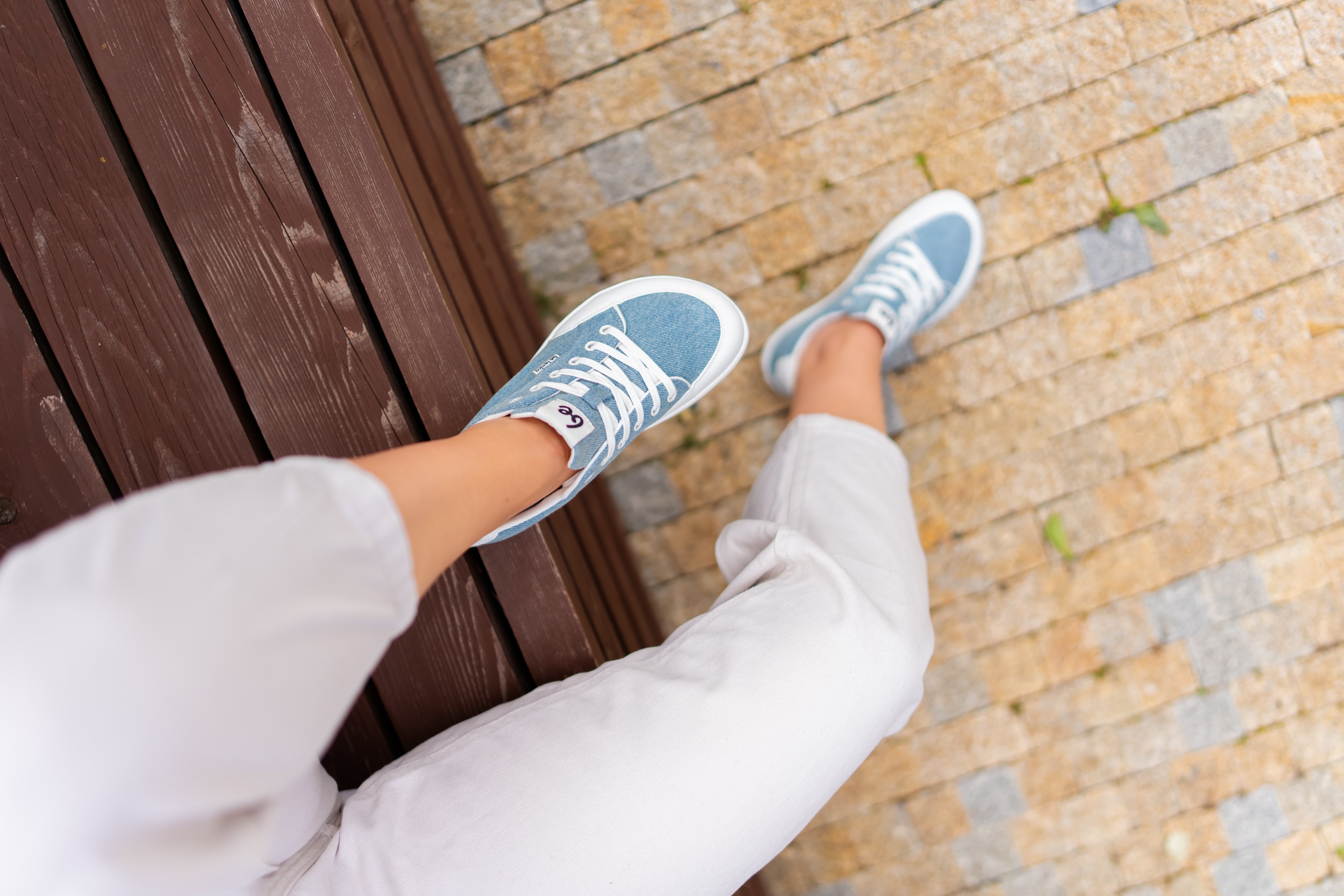
Tips for Practicing Barefoot Walking
- Walk around your home on carpet or wooden floors
- Take off your shoes in the park or garden
- Notice how it feels to walk barefoot on sand by the water, where all the muscles in your feet naturally engage
Which barefoot shoes are best for beginners
Model | Best for |
Everyday wear | |
Urban settings, longer walks | |
Cooler weather, autumn days | |
Winter, wet and freezing conditions |
Recommendations
- Choose your model according to your lifestyle
- If you’re a complete beginner, wear barefoot shoes only 2 hours a day at first
- Always check the size guide before ordering
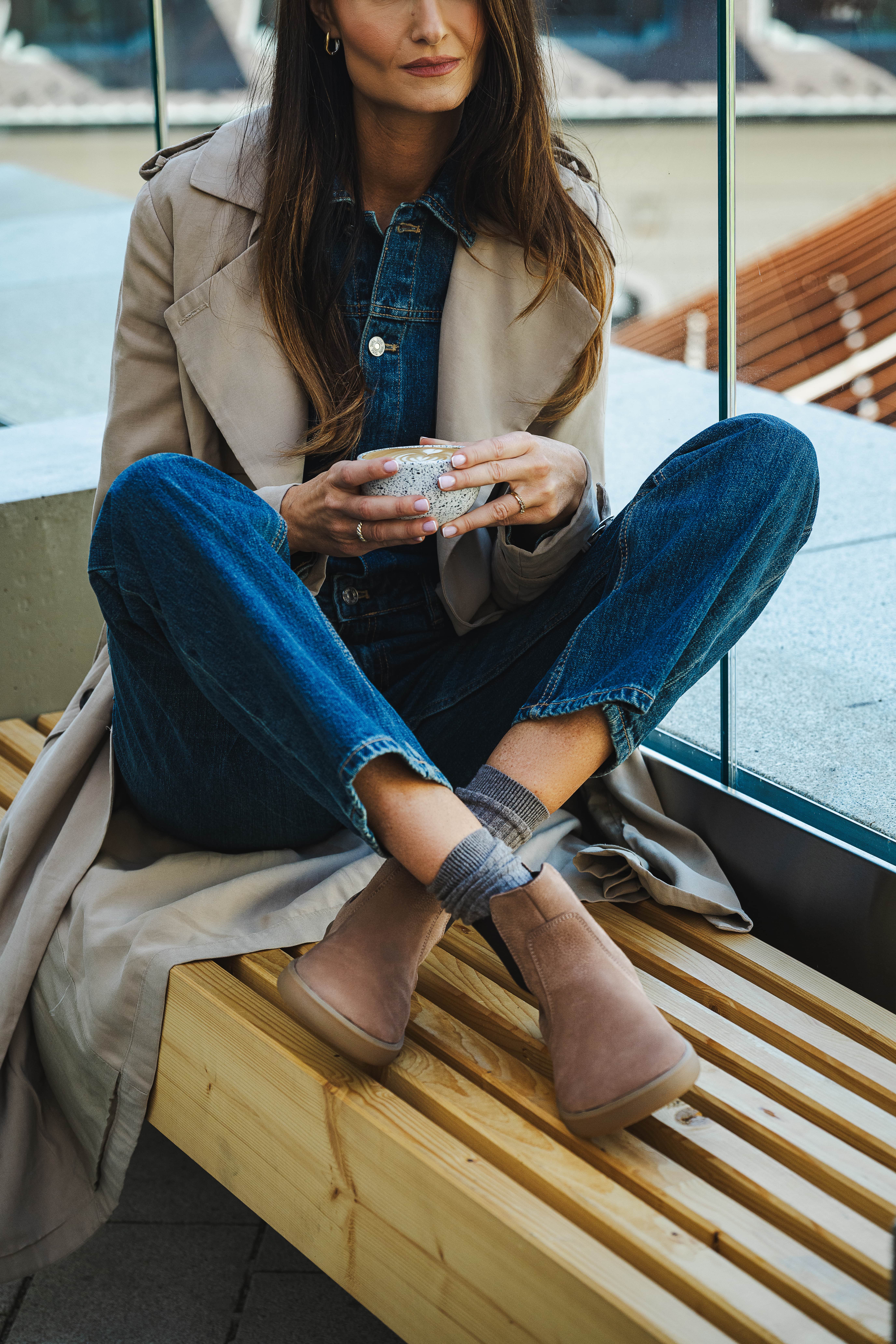
Sources
- Ren, X. a kol. (2022). Barefoot walking is more stable in the gait of balance recovery in older adults. BMC Geriatrics.Biscarini, A. a kol. (2024).
- Enhanced foot proprioception through 3-minute walking bouts with ultra-minimalist shoes. MDPI.
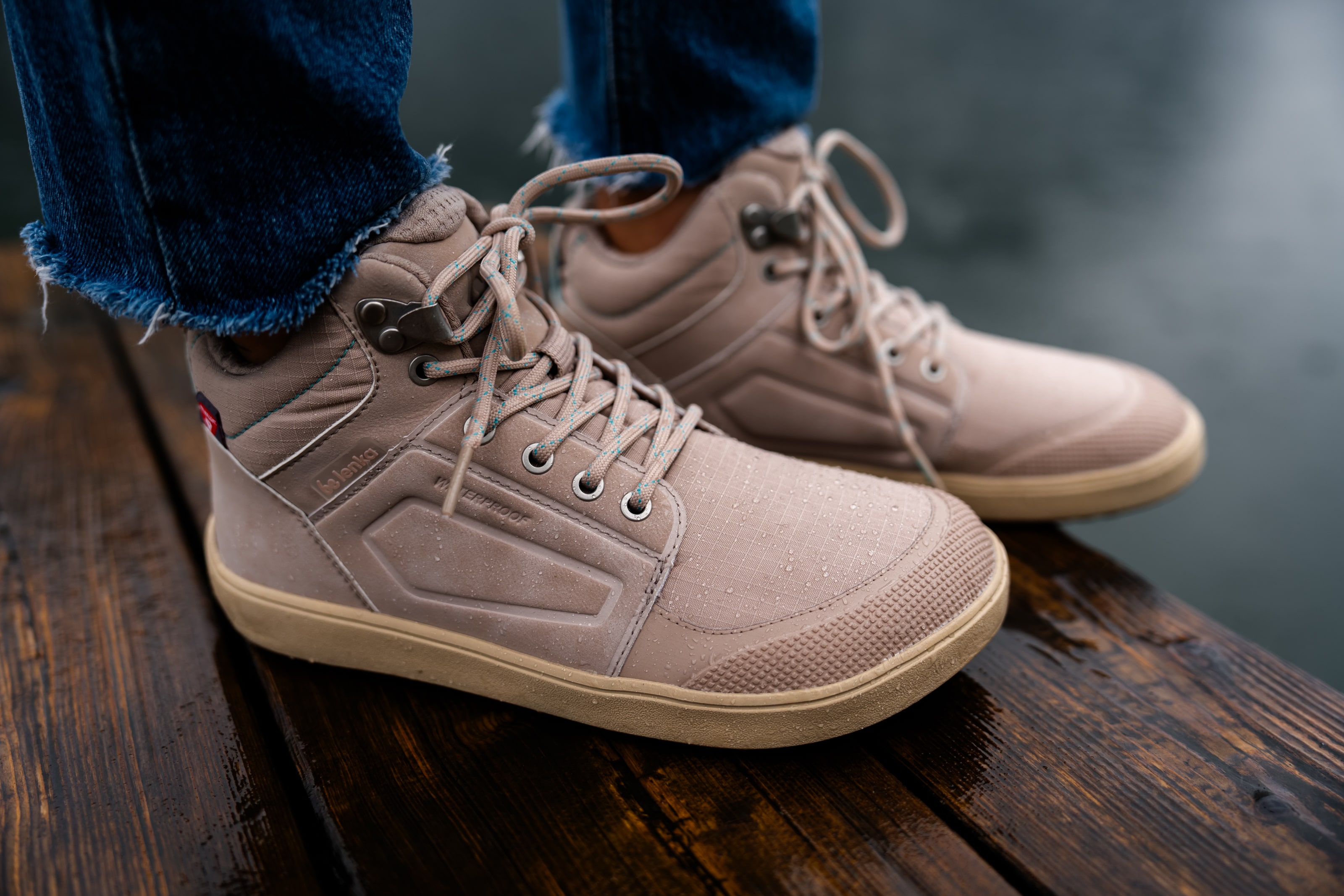
Why are barefoot shoes good for improving stability?
+ -Barefoot shoes support the natural function of the foot and enhance proprioception, which improves balance.
Is it safe to start wearing barefoot shoes right away?
+ -Take it step by step so your feet and muscles can adapt. Transitioning from regular shoes requires proper adjustment.
What surfaces are best for barefoot walking?
+ -Soft surfaces like grass, sand, or a plush carpet at home work best.
How do I choose my first pair of barefoot shoes?
+ -Consider your foot width, sole type, and the environment where you’ll be wearing them most often.
 FI / EUR
FI / EUR

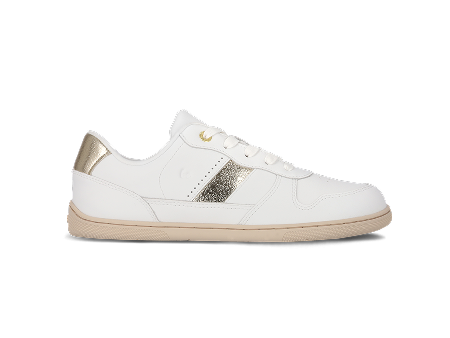
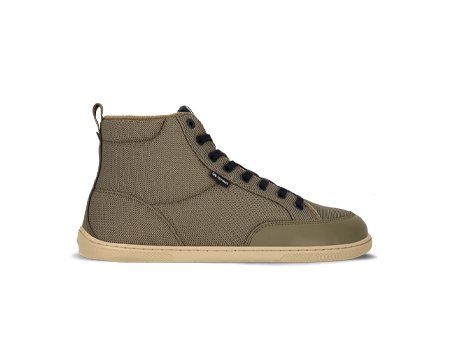
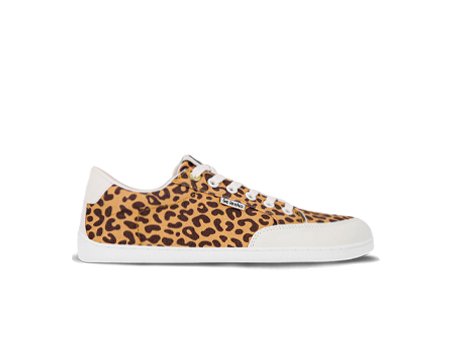
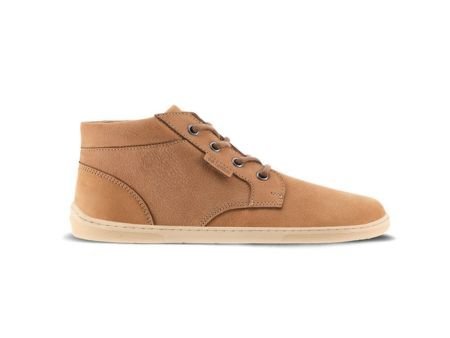
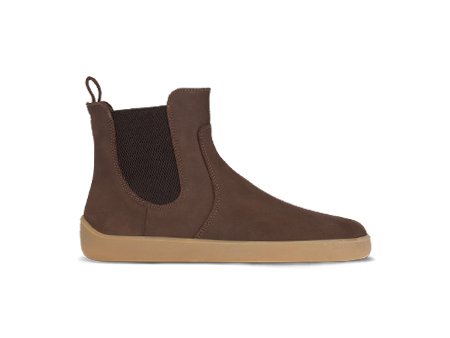
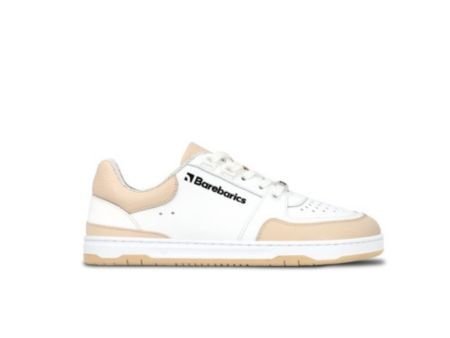
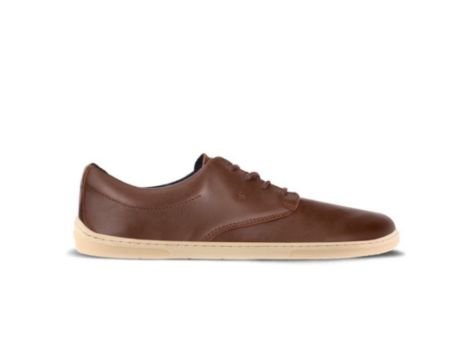
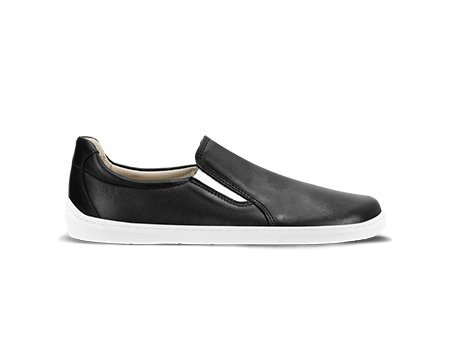
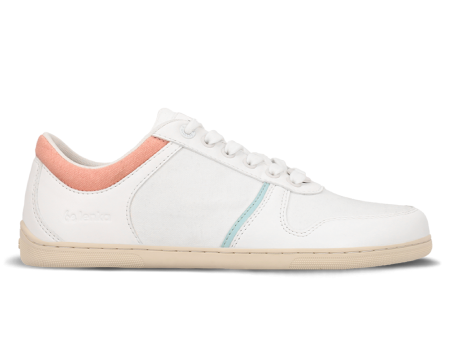
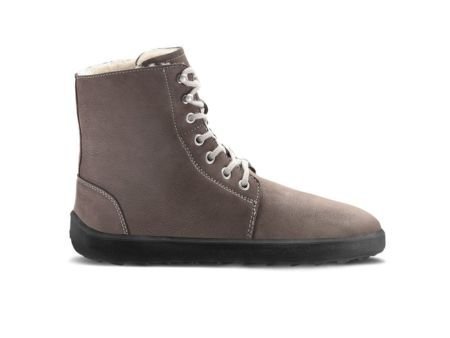
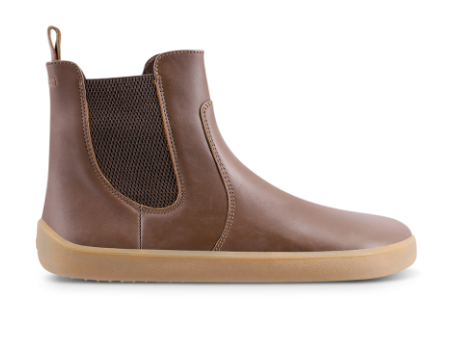
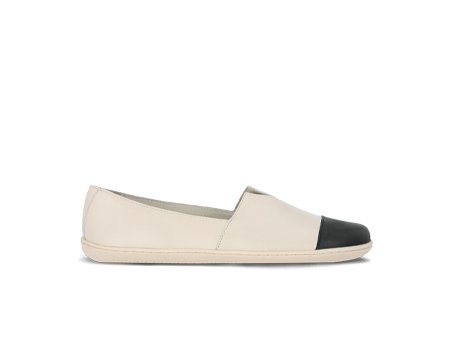
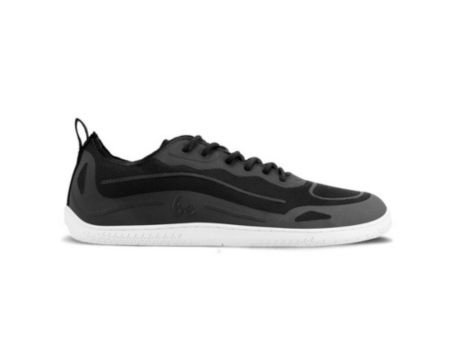
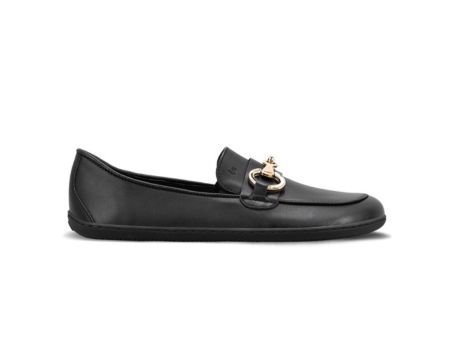
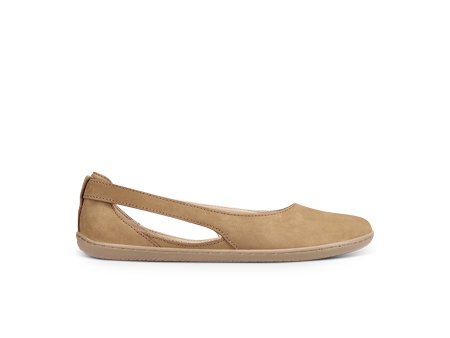
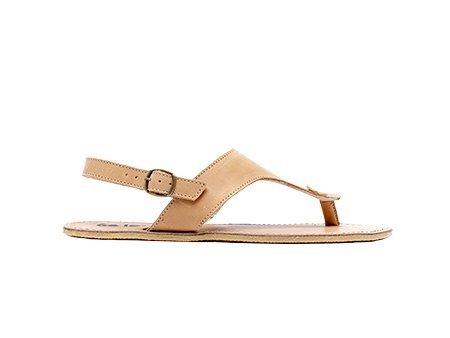
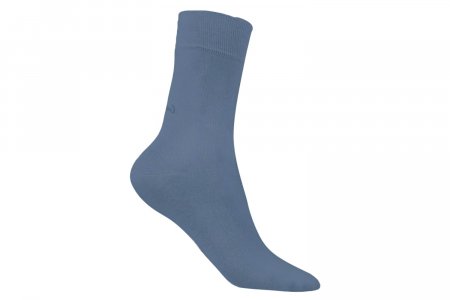
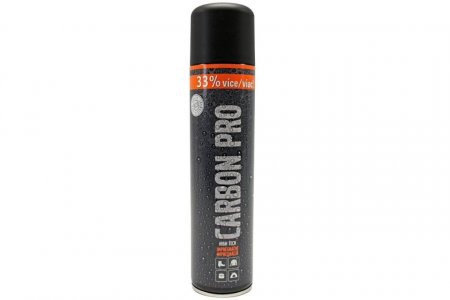

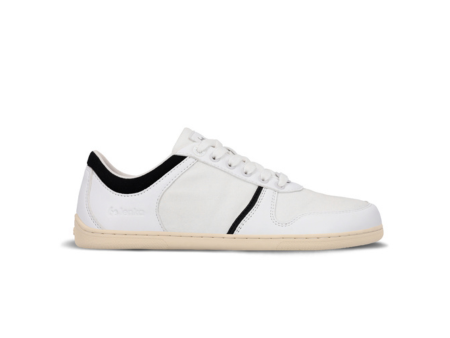
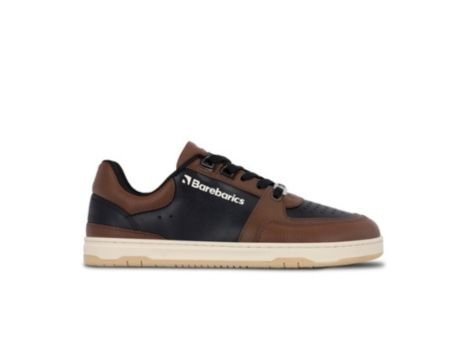
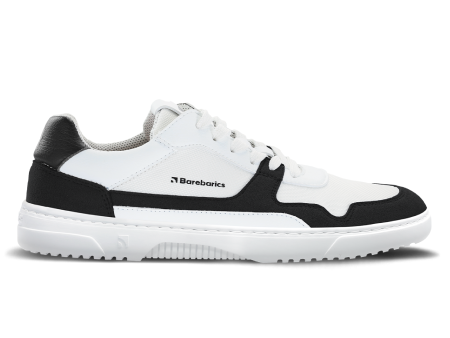
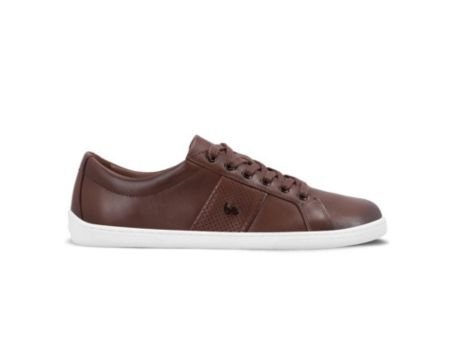
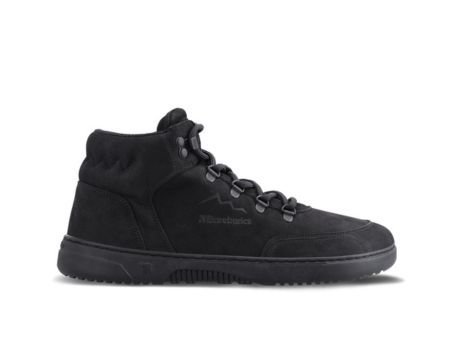
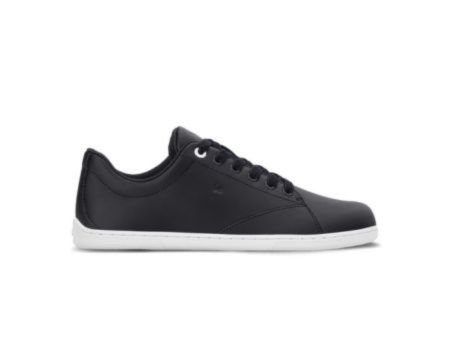
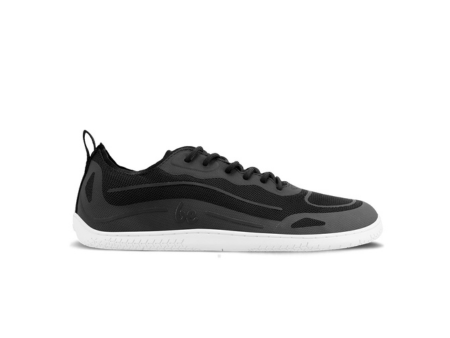
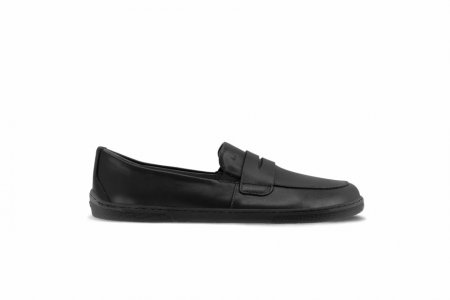
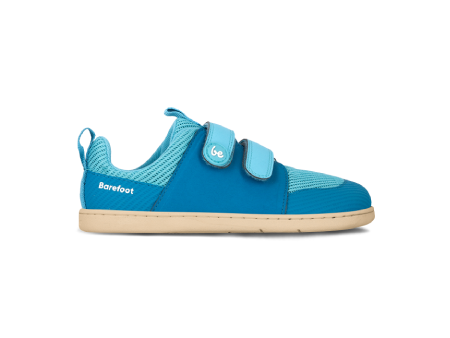
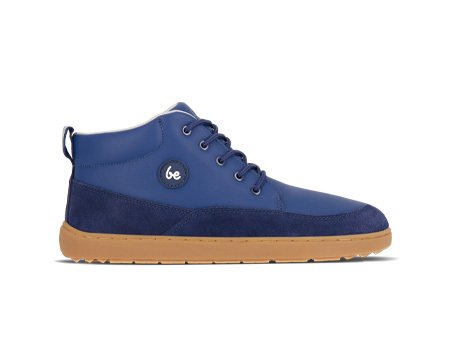
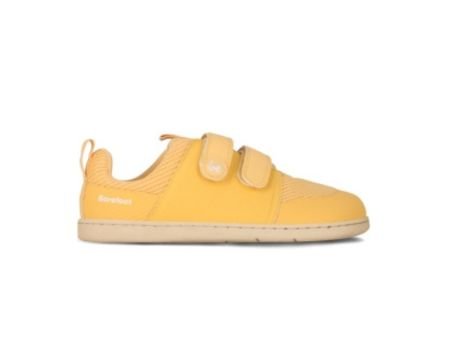
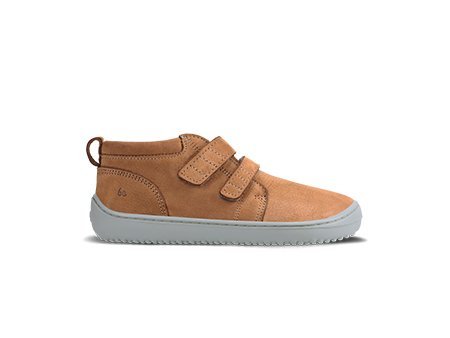
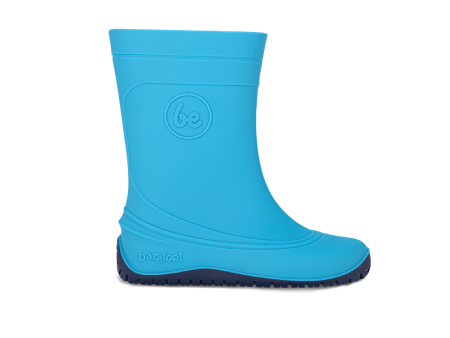

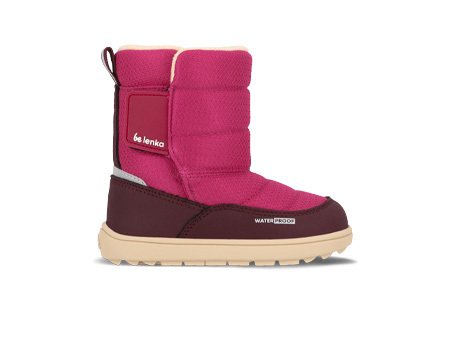
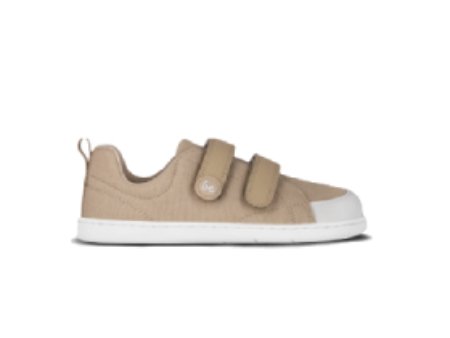
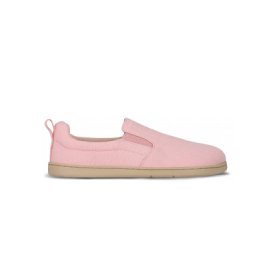

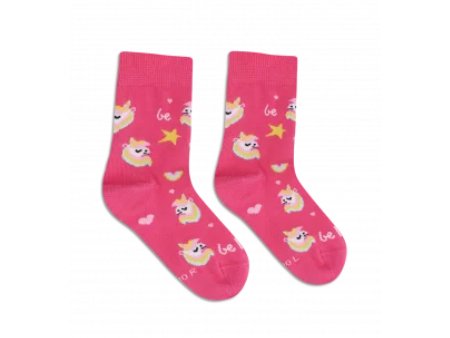
 Be Lenka
Be Lenka
